Minute Man Fossils
Coryphodon sp. Tooth-Wyoming 05
Coryphodon sp. Tooth-Wyoming 05
Couldn't load pickup availability
Taxa: Coryphodon sp.
Geology: Willwood formation
Age: Paleocene
Locality: Big Horn County, Montana
Rooted incisor with a flattened crown from wear.
Coryphodon
Coryphodon is an extinct genus of early mammal that lived during the late Paleocene and early Eocene periods, approximately 55 to 65 million years ago. It is classified as an ungulate (hoofed mammal) and is part of the order Pantodonta. Coryphodon was a relatively large, herbivorous mammal with a robust, bulky body and a large head with a relatively flat skull. It had a long, stout tail and short, strong limbs, suggesting that it may have been a slow-moving animal, possibly living in forested or swampy environments. Its teeth were adapted for grinding plant material, indicating it primarily fed on vegetation. Coryphodon is often depicted as an early representative of the larger herbivorous mammals that would evolve during the Cenozoic era.
Incisor
An incisor from Coryphodon is a large, chisel-shaped tooth located at the front of the mouth. These teeth were adapted for cutting through plant material, as Coryphodon was herbivorous. The incisors were likely broad and flattened, helping to strip vegetation and break down tough plant fibers. As an early mammal, Coryphodon’s incisors would have been important for processing plant matter before it was chewed by the molars, reflecting the animal's specialized feeding habits. These teeth would have been continuously growing to compensate for wear from its plant-based diet.
Share
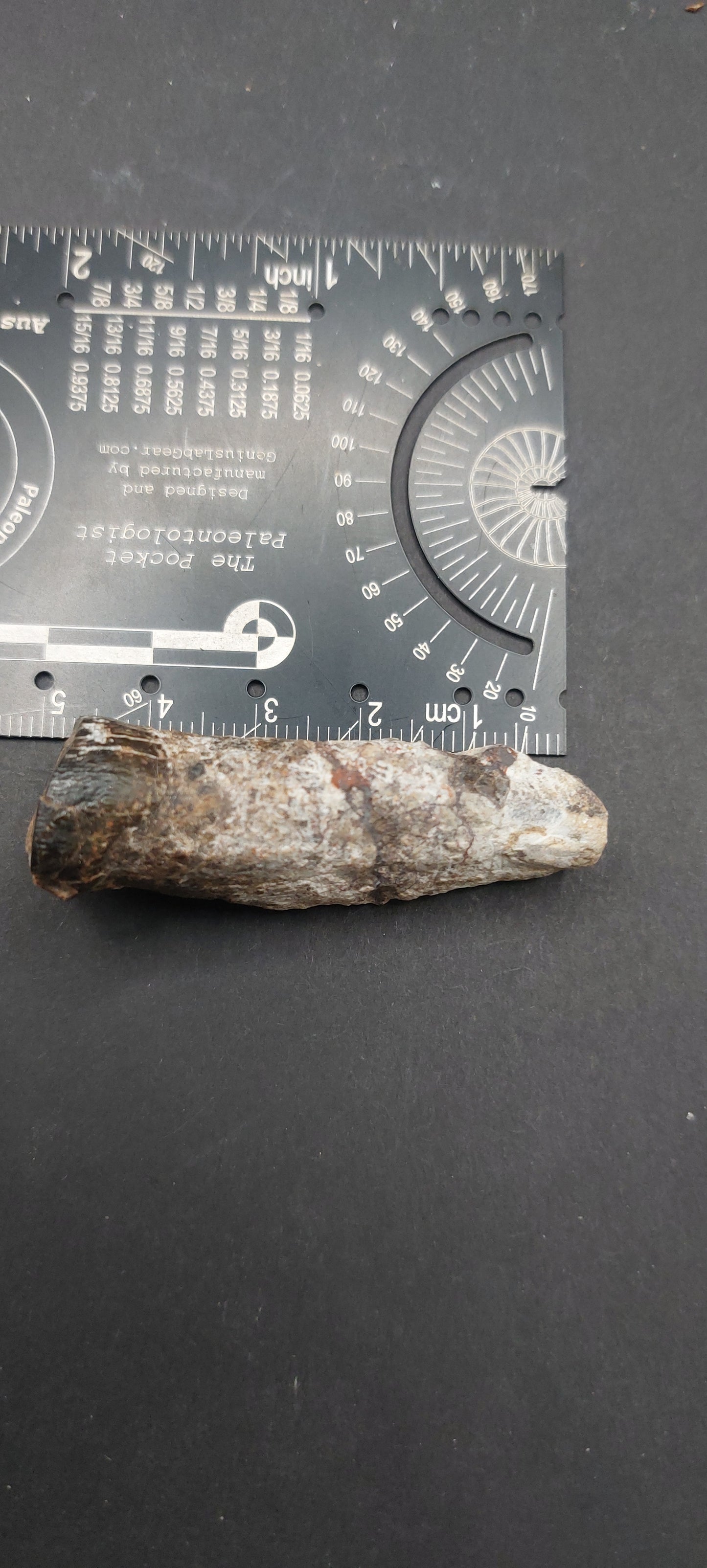
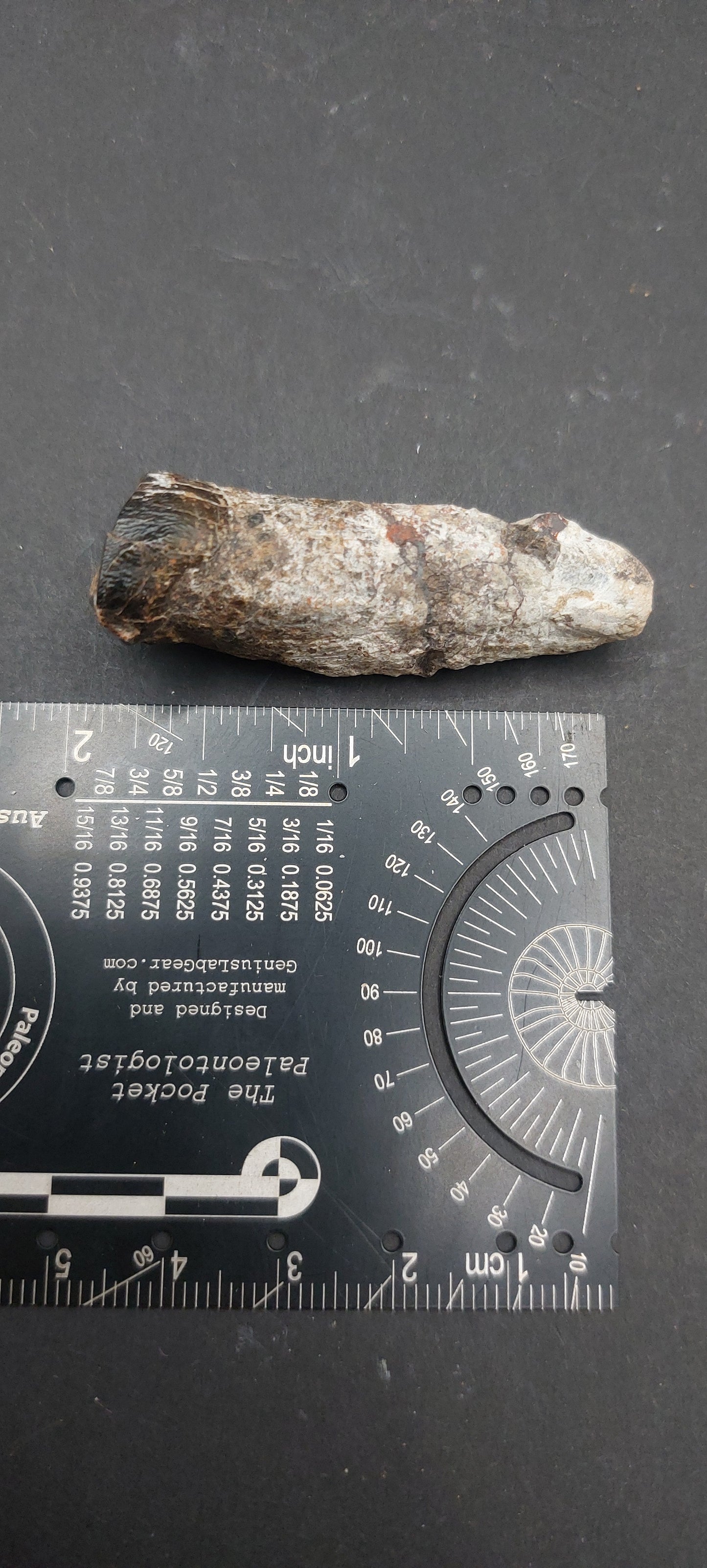
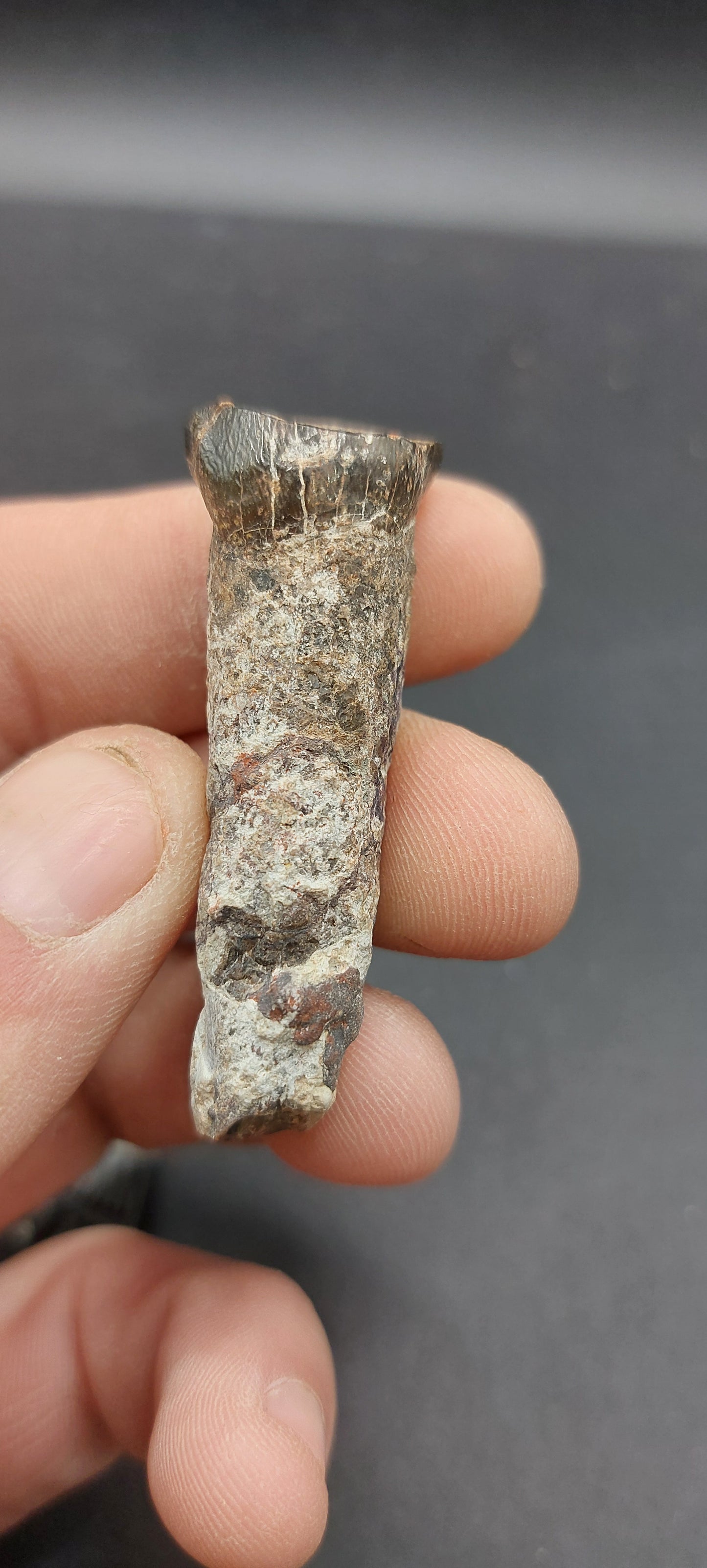

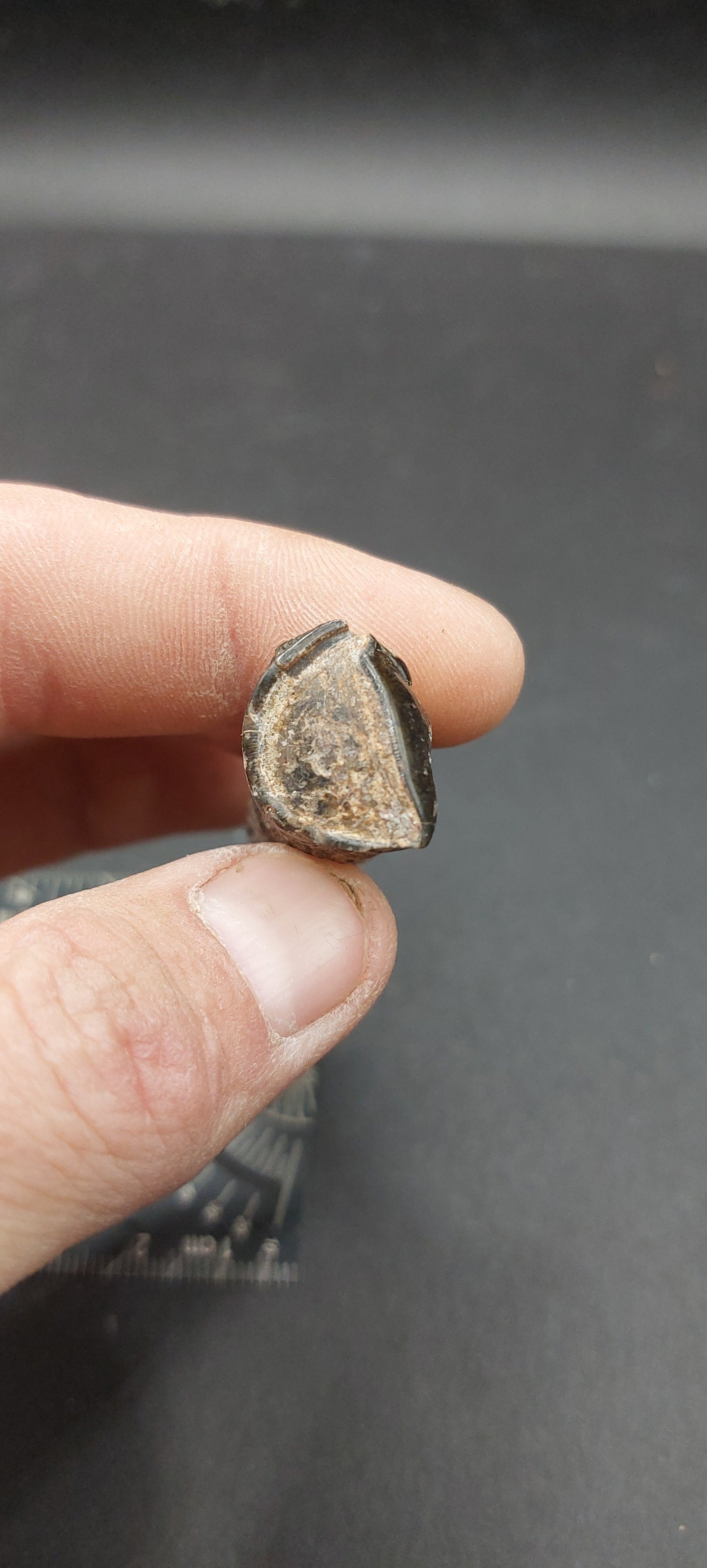
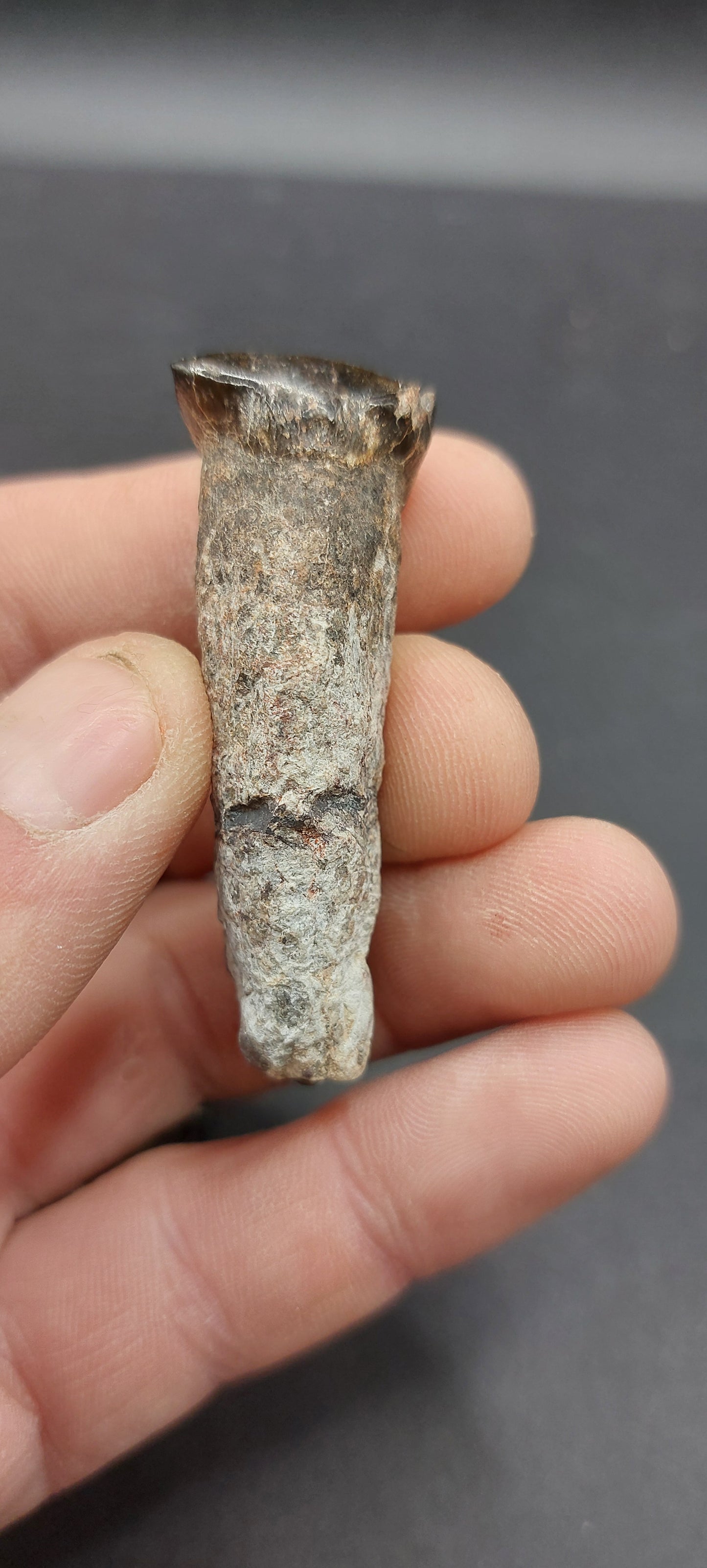
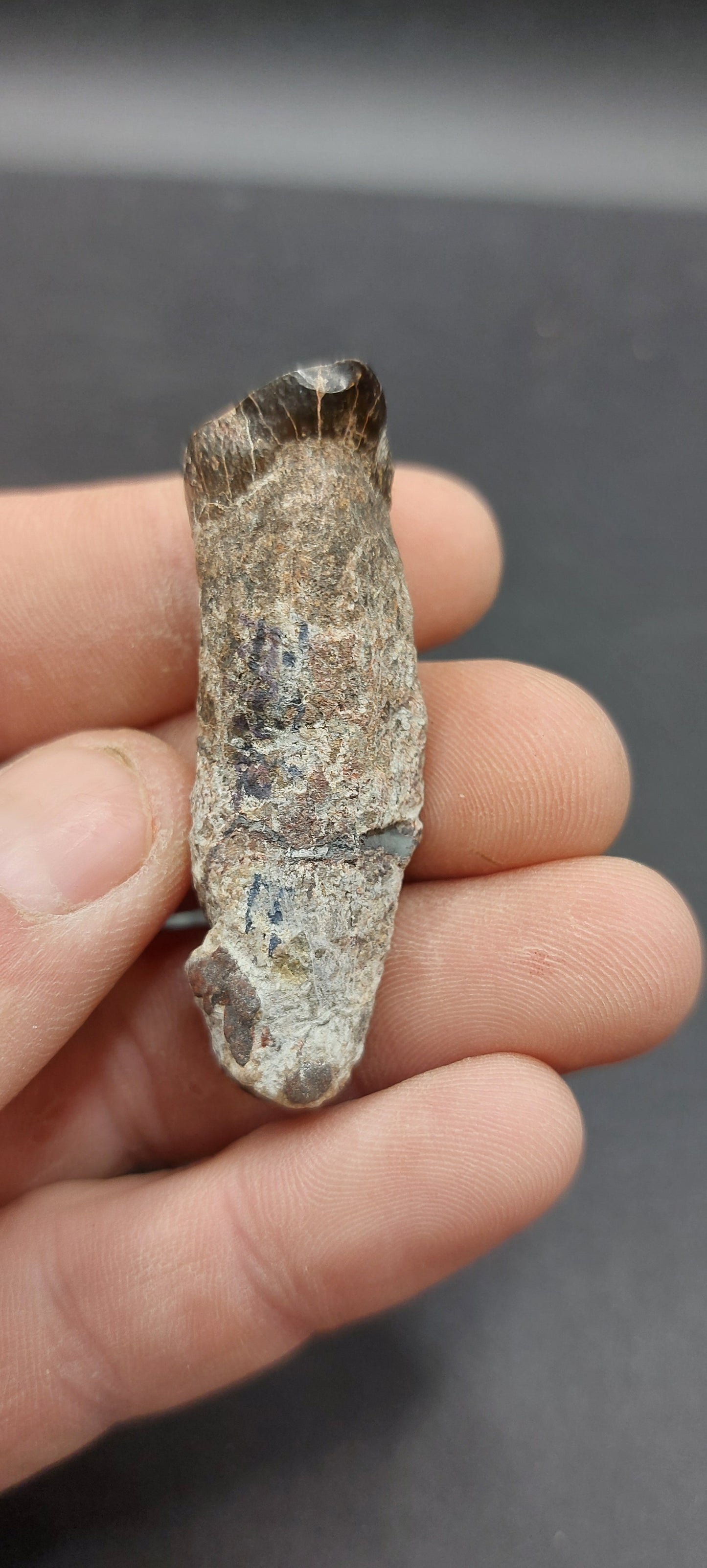
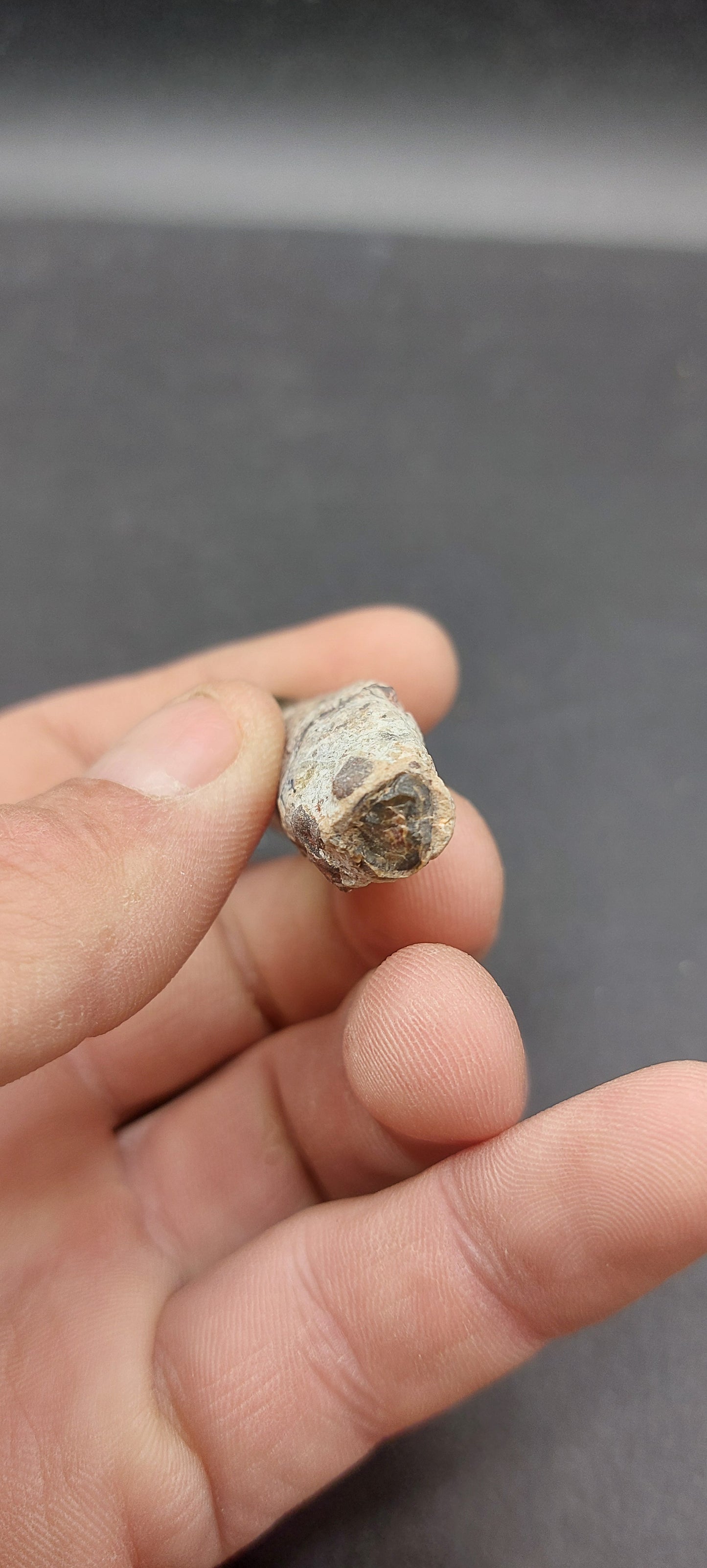
Subscribe to our emails
Be the first to know about new collections and exclusive offers.








